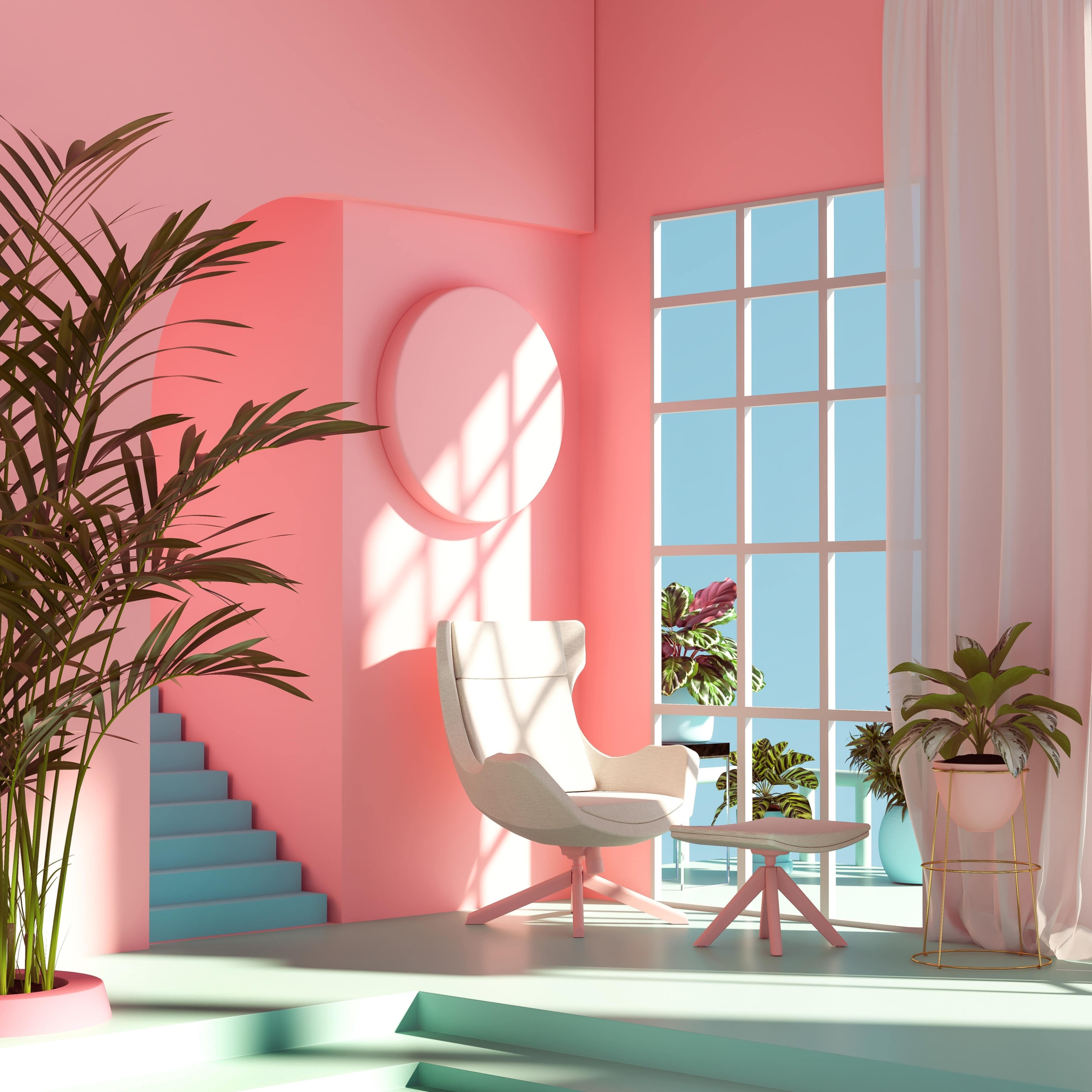A world where imagination knows no bounds, where dreams take shape, and childhood memories are formed.
For generations, the Barbie Dreamhouse has been a symbol of creativity, aspiration, and endless possibilities. Its captivating charm and iconic design have left an indelible mark on the cultural landscape, creating an unforgettable legacy that continues to inspire young minds today.
The origins of the Barbie Dreamhouse can be traced back to the 1950s and 60s when the first Barbie house hit the market.
At that time, the concept of a dollhouse was revolutionary, and Barbie’s house quickly became a trending sensation. Its arrival marked a significant shift in how children engaged with their toys, as it provided an immersive experience that allowed them to project their dreams and aspirations onto their playtime activities.
The first Barbie Dreamhouse was launched in 1962, characterised by a box-like appearance made of cardboard, featuring clean lines and a flat roof. It resembled modernist experimental homes, with large picture windows and an oversized door, potentially part of a suburban development of uniform homes. Inside, the house continued the modernist theme with minimal ornamentation and cardboard furnishings, some resembling designer pieces of the time.
The furniture showcased Scandinavian influences, with bold colours, clean lines, and warm wooden accents. Notably, the house lacked a kitchen, which was unconventional for the 1960s and emphasised the portrayal of Barbie as a single, independent woman who valued education, books, and magazines over traditional domestic roles. The design conveyed a cultural narrative of breaking away from conventions and forging one’s own path in life.
Then came the 1979 A-frame house, which evolved from the previous cardboard houses to using plastic at its core. The iconic A-frame shape is inspired by ski-chalets at the time, this represents a suburban home typology.
The house consisted of big skylights, a large balcony, as well as massive window boxes and even the colour palette incorporated earthy hues which were rather popular in the late 70s.
Now we step into the 1990 Magical Mansion Dreamhouse – a pink colonial marvel, boasting an impressive 2-story structure. A symbol of status, it epitomised 90s suburban affluence. The mix and match of architectural styles such as the Italian Venetian Palladian windows on the top story and British Tudor Bay windows below added to its magical allure.
A true reflection of its time, this enchanting house captures Barbie’s world in the 90s.
In the 2000s, the average single-family home surpassed 2,000 square feet, reflecting a growing trend of larger homes, including Dreamhouse. Status becomes an obsession as homes keep expanding in the 90s and beyond.
The 2021 Dreamhouse embraces a return to modernism, particularly neomodernism, featuring flat rooflines and bold geometric shapes exuding opulence.
Bright, airy spaces adorned with eye-catching retro designs reflect the emerging Instagram era’s home decor style.
Unlike the 1990 mansion, this Dreamhouse showcases a sporty, active pink – strong, bold, and dynamic, embodying the modern girl’s aspirations.
As a full-circle tribute to the 1962 original, it caters to the independent spirit and captures what the modern woman is looking for while creating an ideal home for entertaining.
You can depict that each dream house is representative of what’s popular in architecture and design in a particular period.
It also tells a cultural narrative of what’s going on. There are so many Dreamhouses and each one is really remarkable in how the designers incorporated these architectural trends and elements from the period.

